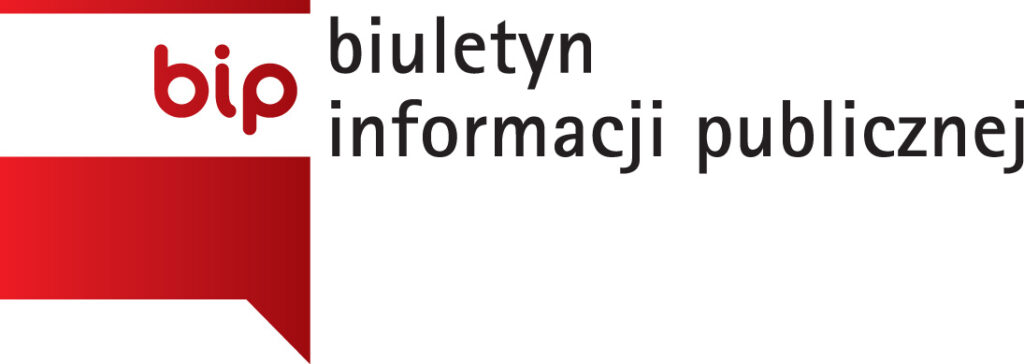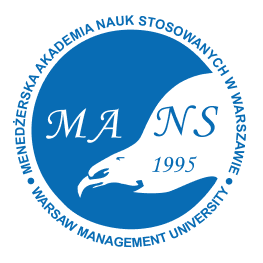Obecnie profesor MANS oraz IK, specjalność transport elektryczny. Pełnomocnik dyrektora ds. współpracy z rynkami Wschodnimi Instytut Kolejnictwa, był profesorem wizytującym Politechniki Warszawskiej na Wydziale Transportu. Był także kierownikiem Działu Zarządzania Projektami, profesorem w Katedrze Inteligentnych systemów zasilania i prodziekanem Wydziału Edukacji Zaocznej w Dniprowskim Narodowym Uniwersytecie Transportu Kolejowego, Dnipro Ukraina. Ma doświadczenie jako audytor energetyczny w Narodowym Technicznym Uniwersytecie Ukrainy „Kijowski Instytut Politechniczny”. Obecnie także redaktor tematyczny czasopisma Energies. Członek Rady Naukowej obrony prac doktorskich oraz habilitacyjnych na Politechnice Charkowskiej ( Charków Ukraina). Autor monografii, artykułów oraz podręczników dla studentów. Bierze udział w licznych projektach B+R.
Nagrody i wyróżnienia
- Dyplom Ministerstwa Transportu Ukrainy (2002)
- Dyplom Generalnego Dyrektora „Kolei Odesskaja” (2004)
- Dyplom Naczelnika Departamentu Zasilania kolei
- Pridnieprovskaya (2008)
- Dyplom Departamentru Innowacyjności i rozwoju
- Dniepropeitrowskiej Obwodowej Administracji (2018)






